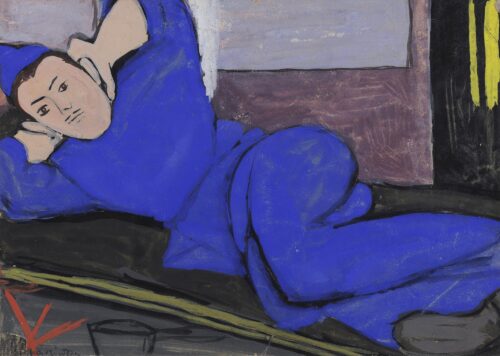
Diamantopoulos Diamantis (1914 - 1995)
In the Chamber, 1937
After the Asia Minor Holocaust in 1922, he came to Athens with his family. His interest in art being evident from an early age, in 1929, before even beginning his studies, he published a series of drawings in G. Xenopoulos’ magazine “Η Διάπλασις των Παίδων,” under the pen name “Ακάμας.” From 1931 to 1936, he studied at the Athens School of Fine Arts, under Dimitrios Biskinis and Konstantinos Parthenis, while in 1934, still a student, he designed the sets and costumes for Euripides’ Alcestis, produced by Karolos Koun at the Laiki Skini. His first exhibition was organised while he was still as student, consisting of his early Cubist work at the Atelier in 1930, with the encouragement of Fotos Giofyllis; the following year, he exhibited at the Art Asylum. In 1949, he organised a major solo exhibition at Romvos Gallery, followed by a long period of absence and isolation, interrupted in 1975 by a solo exhibition at Ora Gallery in Athens. He also participated in group shows in Greece and other countries, including the Belgrade International Exhibition of Plastic Arts in 1977, the 1982 Europalia, and the Venice Biennale of the same year, and in 1978, a retrospective exhibition of his work was organised at the National Gallery.
A representative artist of the Generation of the 1930s, Diamantopoulos was inspired by both traditional and contemporary trends, especially Cubism. Focusing on the human figure, his works combine a monumental scale with Cubist models, in which prevail large aplats and a realistic style.

In the Chamber, 1937
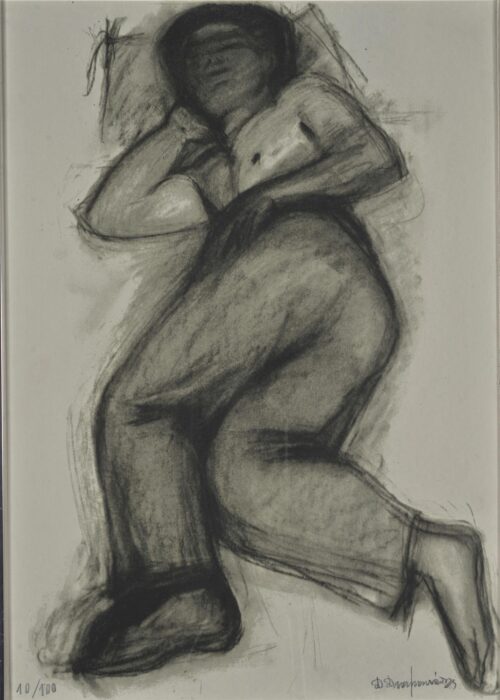
Worker, 1949
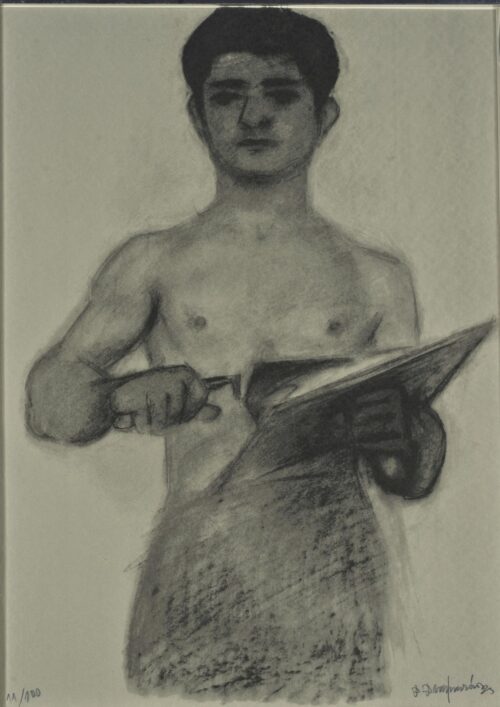
Plasterer, 1949
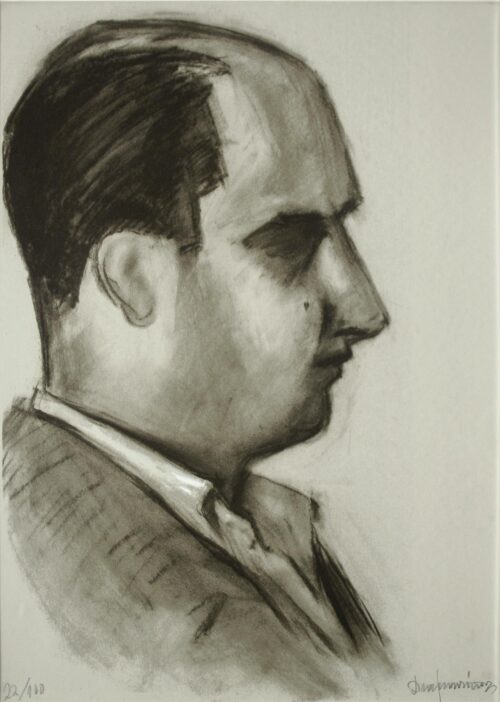
Self Portrait
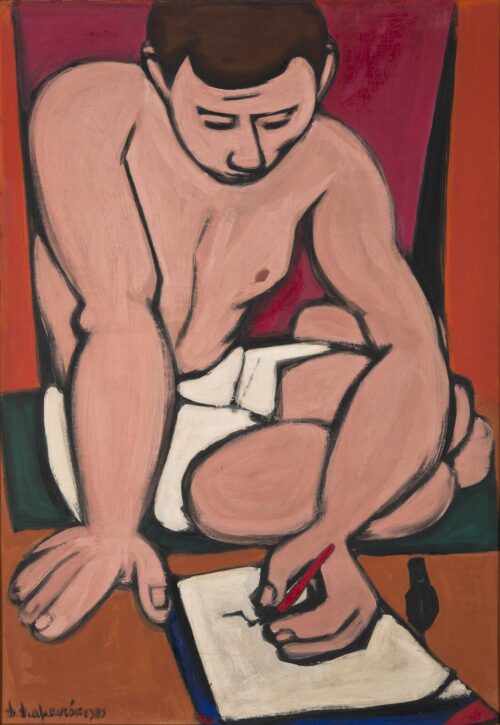
The Drawing, ca. 1938

We use cookies to make our site work properly, to personalize content and ads, to provide social media features and to analyze our traffic. We also share information about how you use our site with our social media, advertising and analytics partners. Read the Cookies Policy.
These cookies are necessary for the website to function and cannot be switched off in our systems. They are usually only set in response to actions made by you which amount to a request for services, such as setting your privacy preferences, logging in or filling in forms. You can set your browser to block or alert you about these cookies, but some parts of the site will not then work. These cookies do not store any personally identifiable information.
If you disable this cookie, we will not be able to save your preferences. This means that every time you visit this website you will need to enable or disable cookies again.
These cookies tell us about how you use the site and they help us to make it better. For example these cookies count the number of visitors to our website and see how visitors move around when they are using it. This helps us to improve the way our site works, for example, by ensuring that users find what they are looking for easily. Our website uses Google Analytics for statistics reporting.
Please enable Strictly Necessary Cookies first so that we can save your preferences!